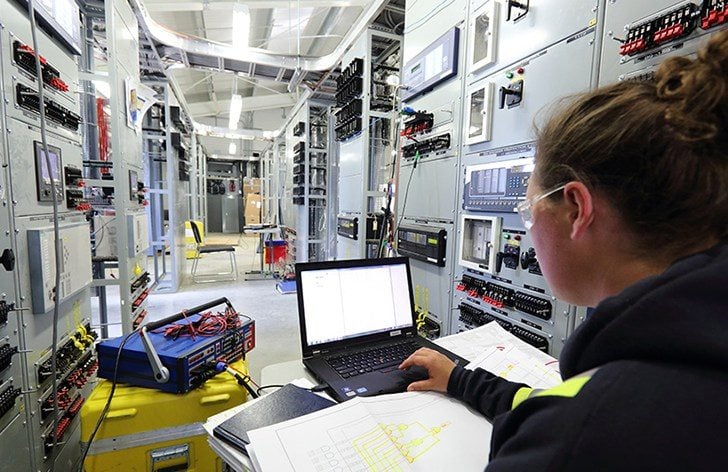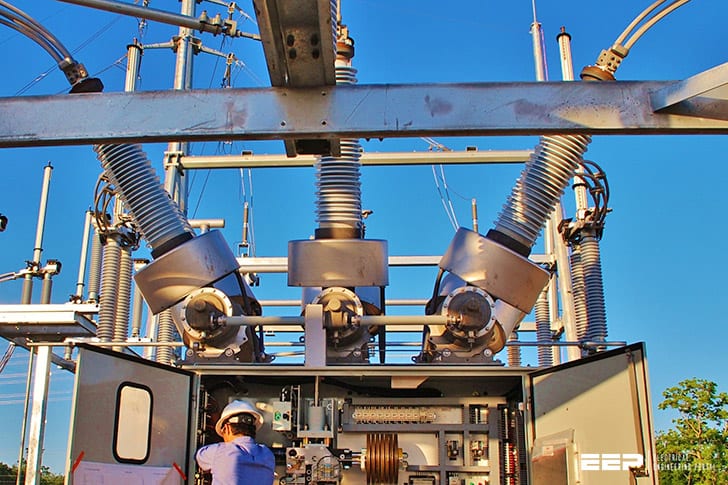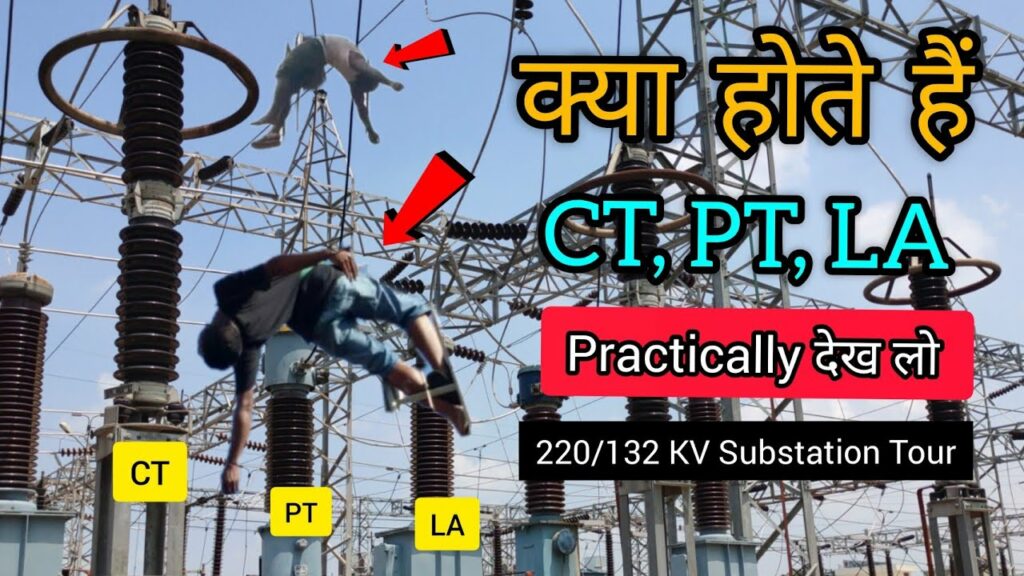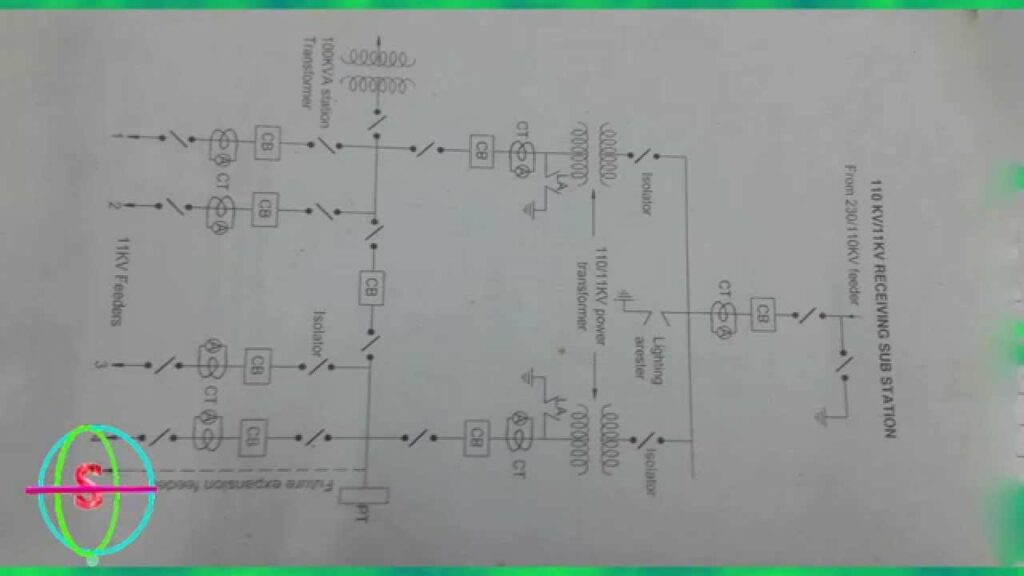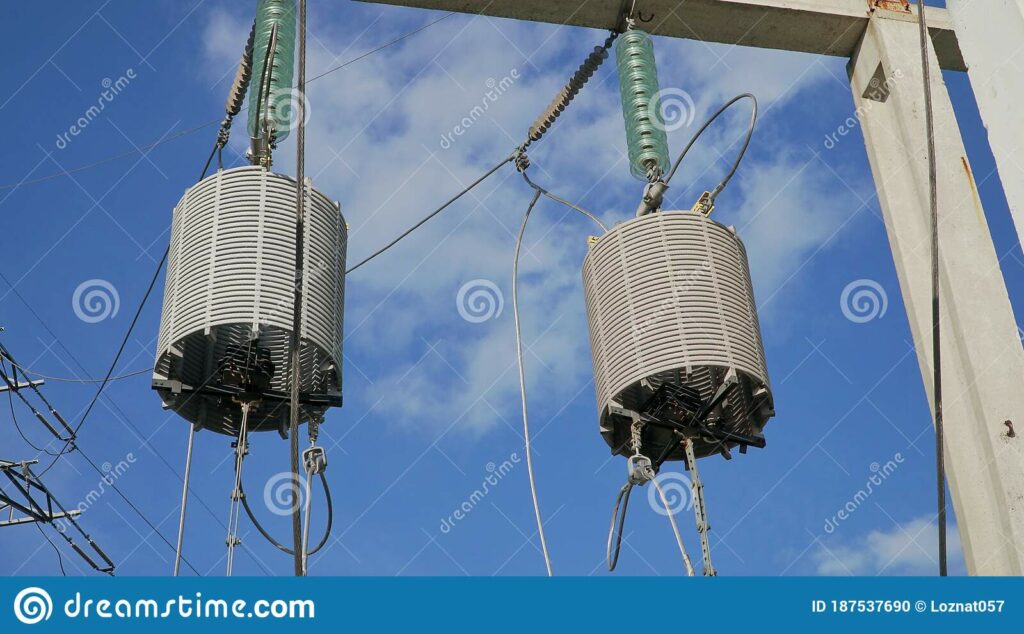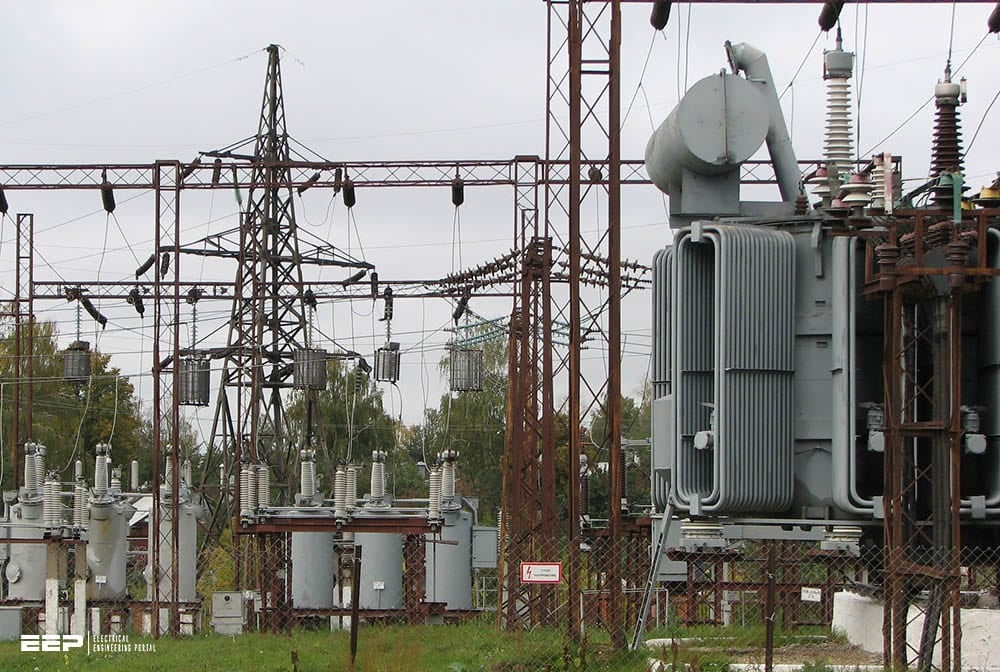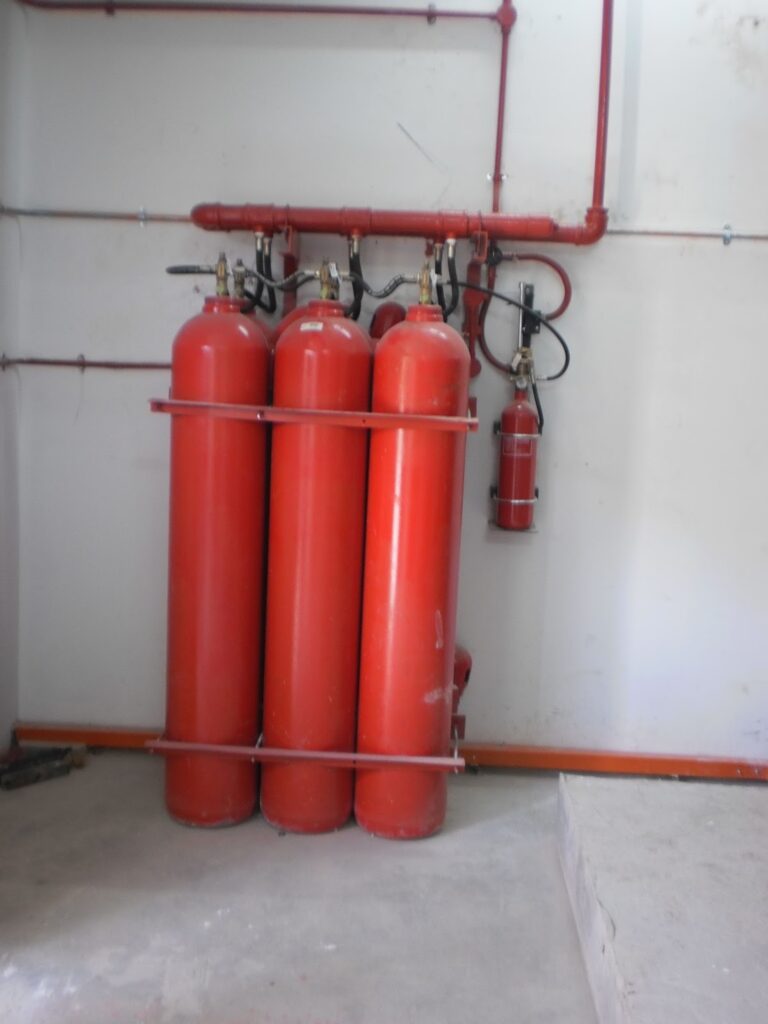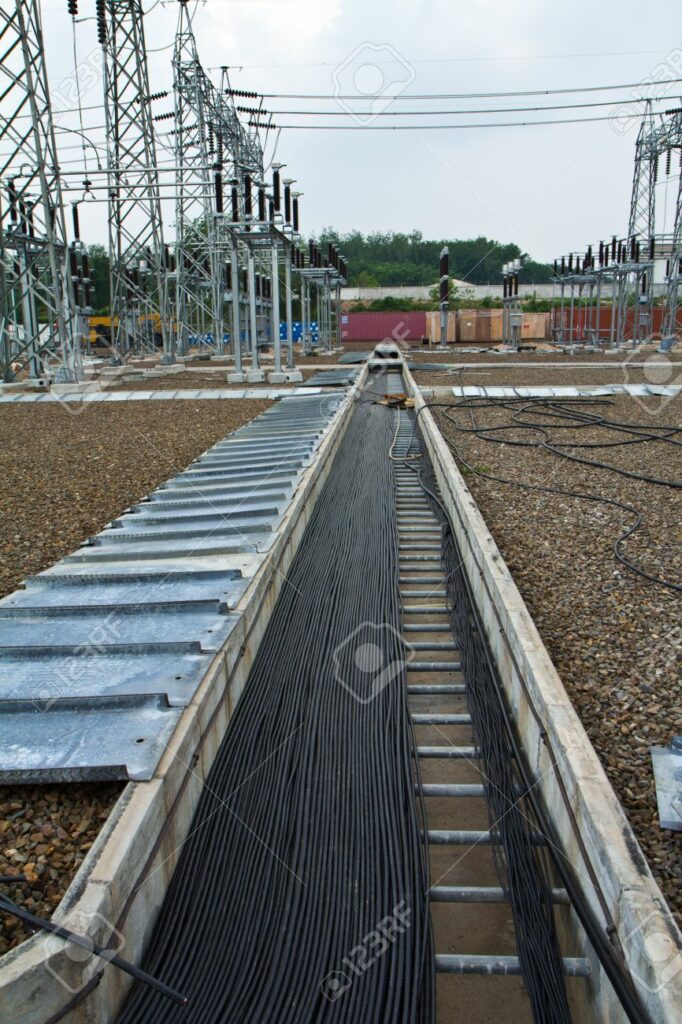Testing of Relays in Substations Pdf
The PDF file Testing of Relays in Substations provides detailed information on testing methods, including the use of test benches and software tools. It also covers the selection of relays for specific applications, such as overcurrent protection or voltage control. Relays are an important part of substations. They help to protect equipment and prevent outages. […]
Testing of Relays in Substations Pdf Read More »

